There is no shortage of western-style desserts in Iran, ranging from classic French pastries to cookies, cakes, pies, and ice creams. At the same time, there is an assortment of local and regional desserts that have long been part of Persian cuisine. Many of them have specific associations with special holidays, celebrations, or seasons. Faloodeh – also spelled Faloudeh – is one of those truly classic Persian desserts. It is also quite possibly the most distinctive of them all, with a particularly unique combination of textures.
Faloodeh is a granita-style frozen dessert that highlights semi-frozen rice noodles in the midst of a well-choreographed dance of sweet and sour flavors, all punctuated by the floral notes of rosewater.
Faloodeh is found at just about every local ice cream shop in Iran year round, but it’s a particularly popular refreshing and cooling dessert during the hot summer days. It can be served along with either Persian saffron and pistachio ice cream or, more simply, with a wedge of fresh lime to squeeze over the frozen noodles. It is also customary to top the frozen noodles with sour cherries and a drizzle of sour cherry syrup to create a vibrant bright color contrast.
“Refreshing and sweet, Faloodeh Shirazi is the perfect dessert for hot summer days! It’s surprisingly easy to make, it just needs a little bit of patience. This recipe took me back to the old days in Iran and I will be making it a lot this summer!” —Bahareh Niati
A Note From Our Recipe Tester
Ingredients
-
3 cups water, more for the rice noodles
-
1 cup sugar
-
1/8 teaspoon fine sea salt
-
2 tablespoons freshly squeezed lime juice
-
2 tablespoons rose water
-
2 ounces thin rice noodles
-
Lime wedges, for garnish
-
Slivered pistachios, for garnish, optional
-
Sour cherry syrup or sour cherry jam, for garnish, optional
Steps to Make It
-
Gather the ingredients.
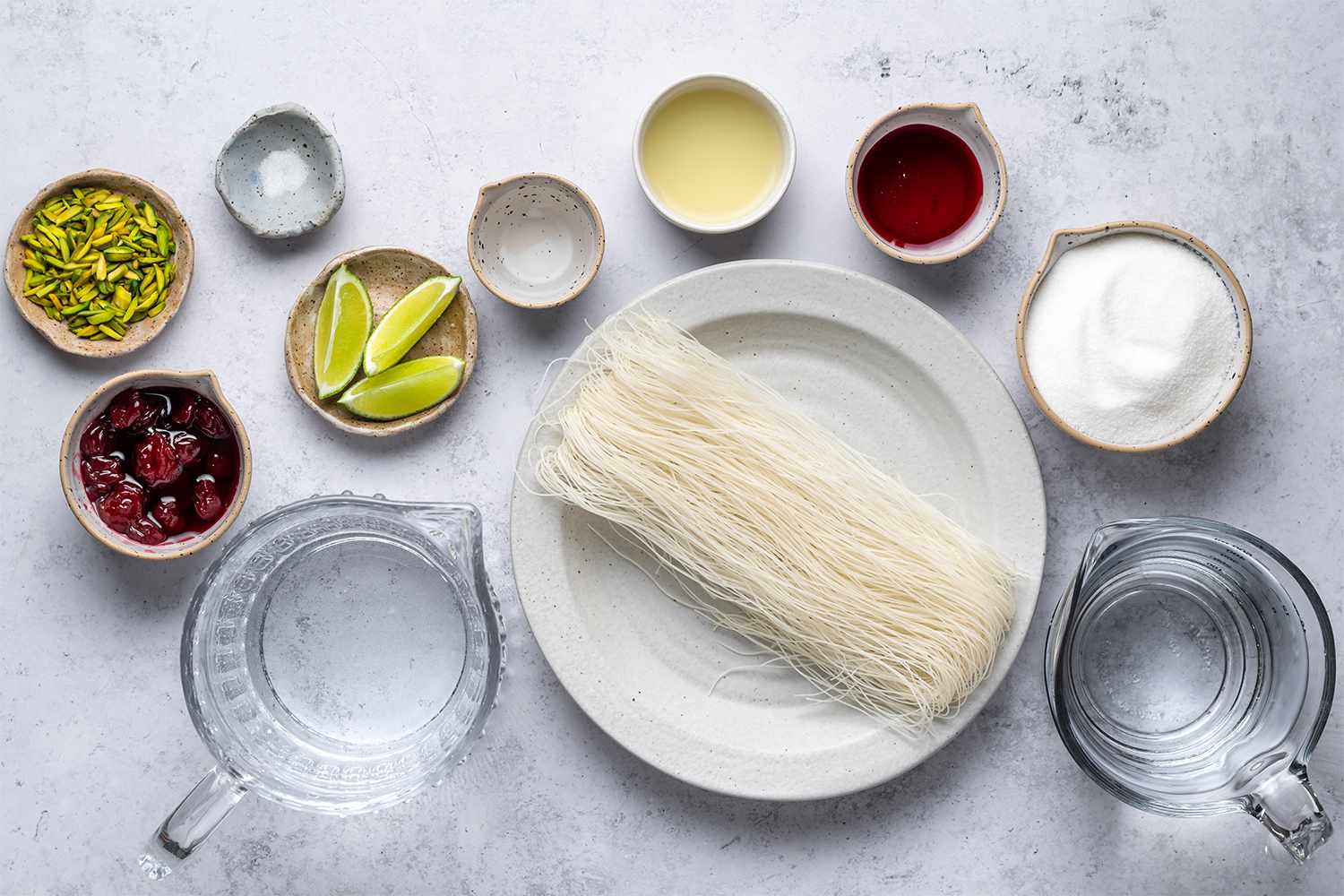
The Spruce Eats / Bahareh Niati
-
Combine 3 cups water, sugar, and salt in a medium saucepan over medium heat and bring to a gentle simmer. Reduce the heat and stir for a couple of minutes or until the sugar is dissolved.
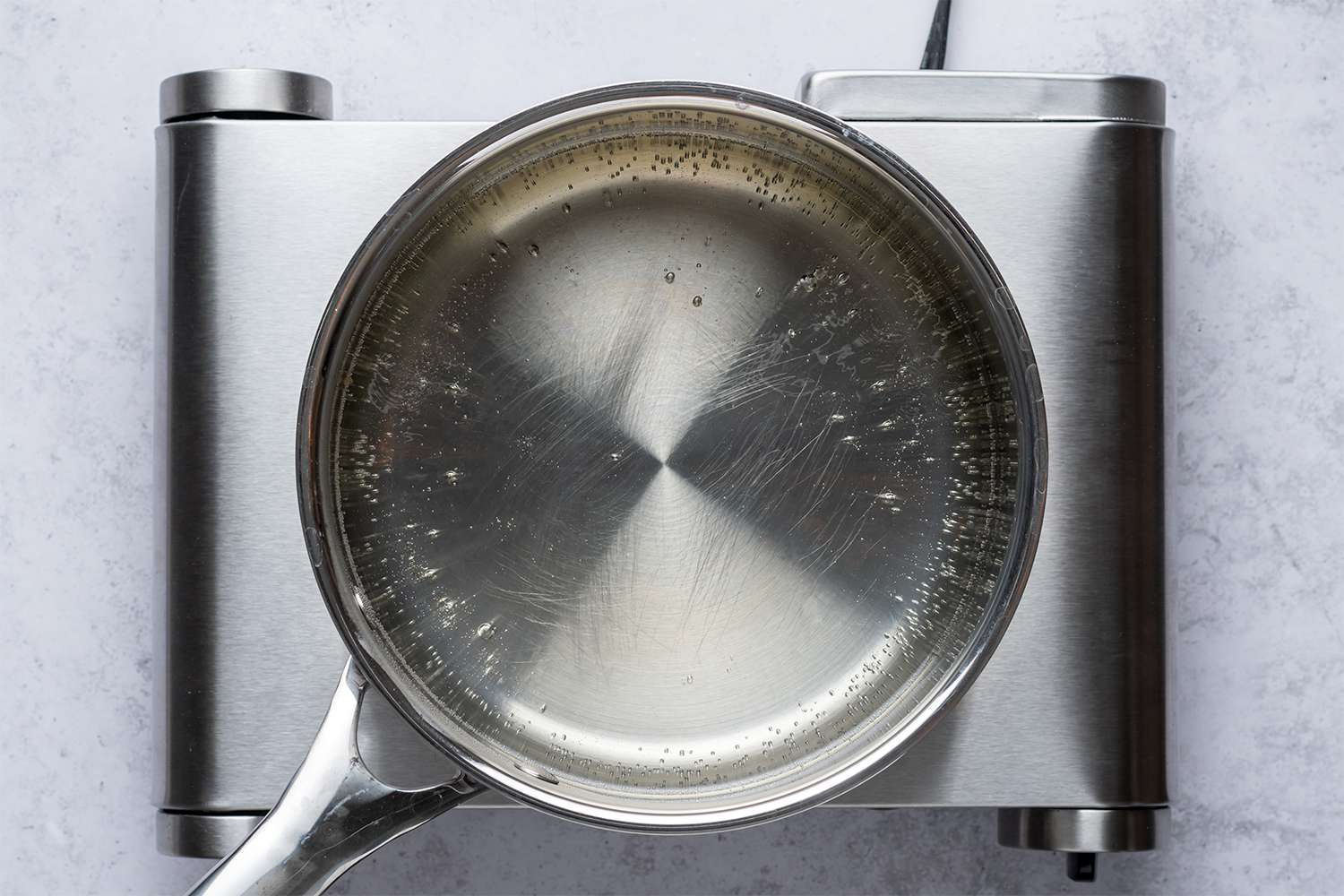
The Spruce Eats / Bahareh Niati
-
Remove from the heat, add the lime juice and rosewater. Transfer the mixture to a shallow freezer-safe glass or metal dish. Place in the freezer, uncovered, for 30 minutes.

The Spruce Eats / Bahareh Niati
-
Cook the rice noodles to al dente according to package directions.
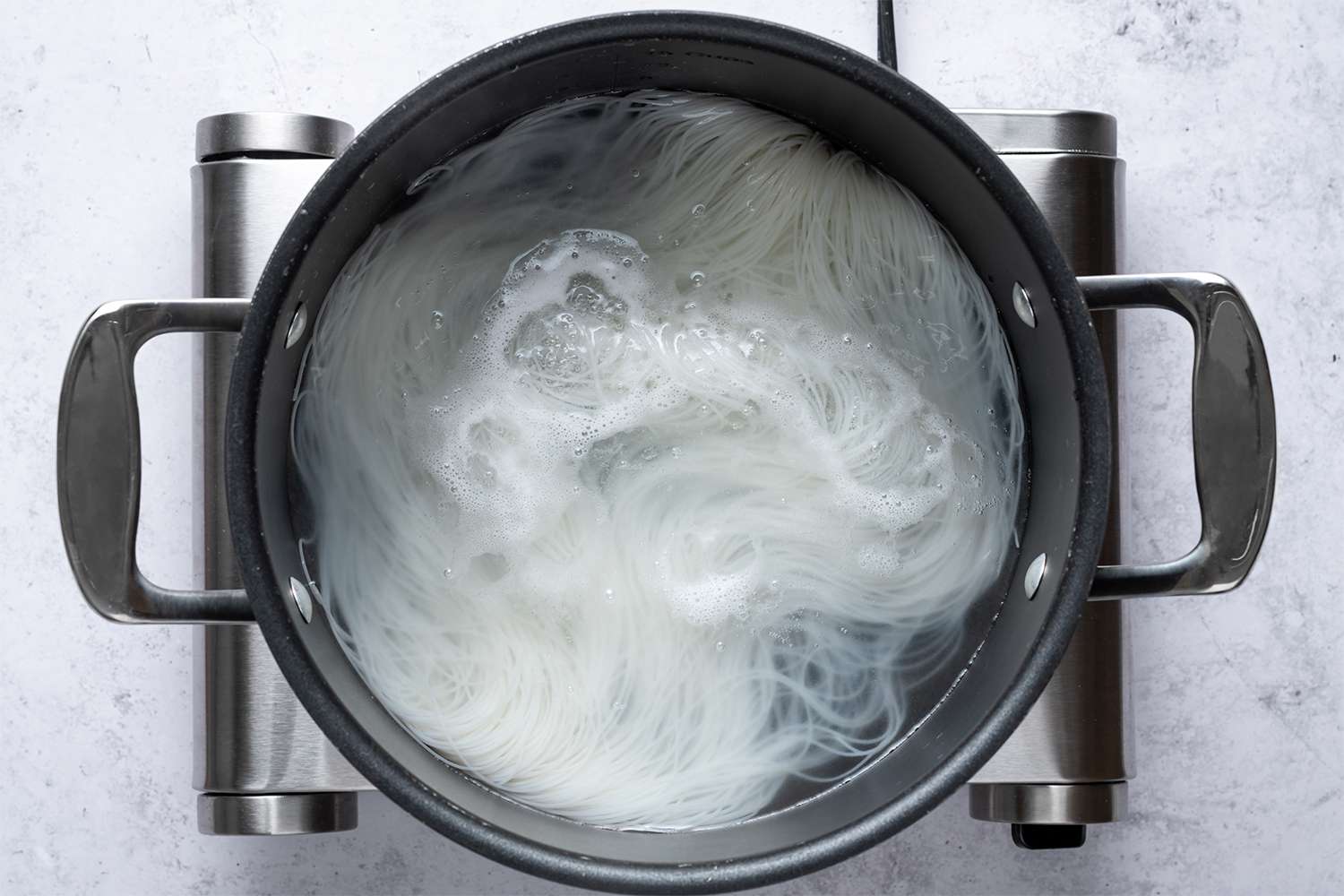
The Spruce Eats / Bahareh Niati
-
Strain the noodles through a fine-mesh strainer. Rinse with cold water and let air-dry in the strainer.
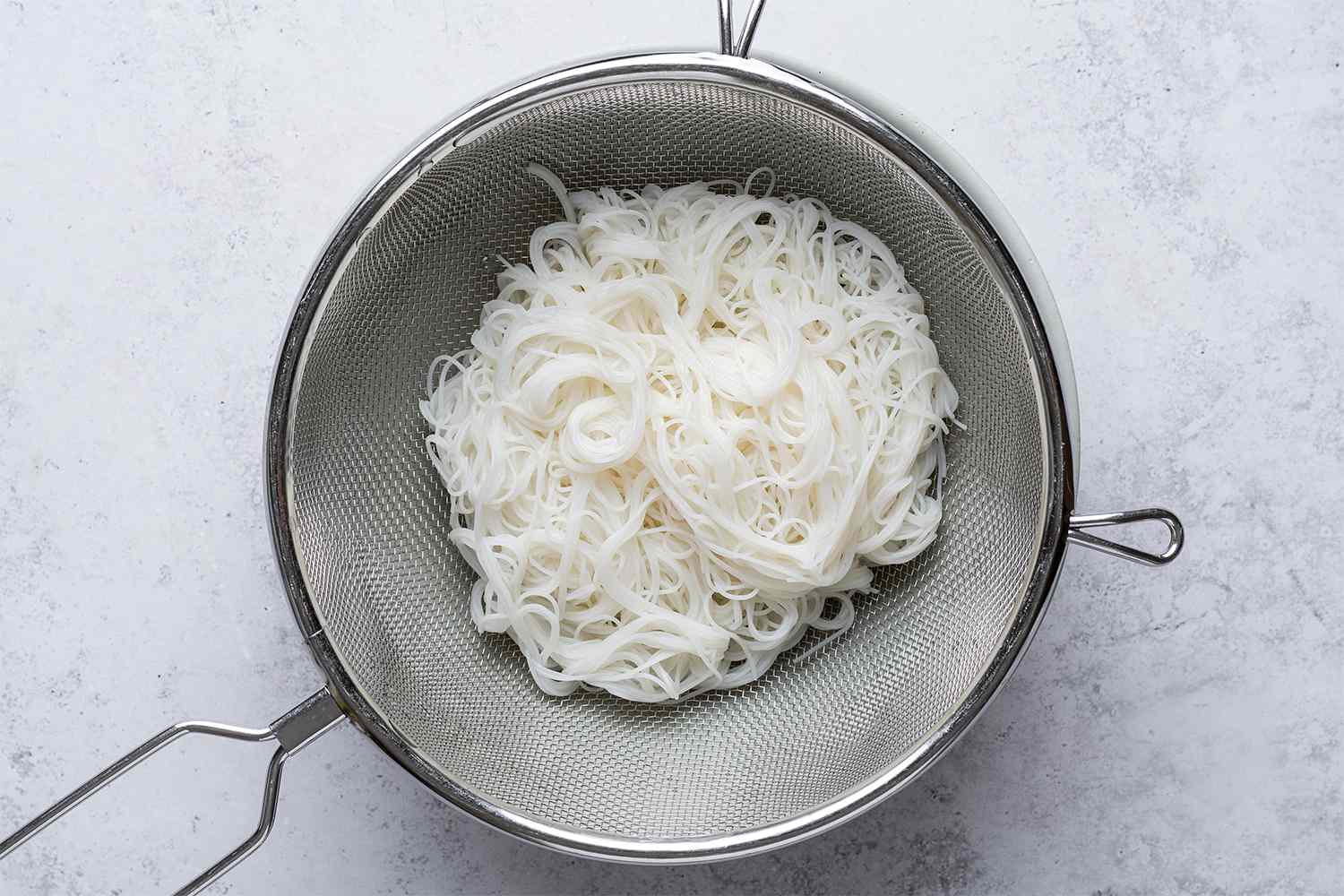
The Spruce Eats / Bahareh Niati
-
Using kitchen scissors or a knife, cut the noodles into 1 inch pieces. Set aside.
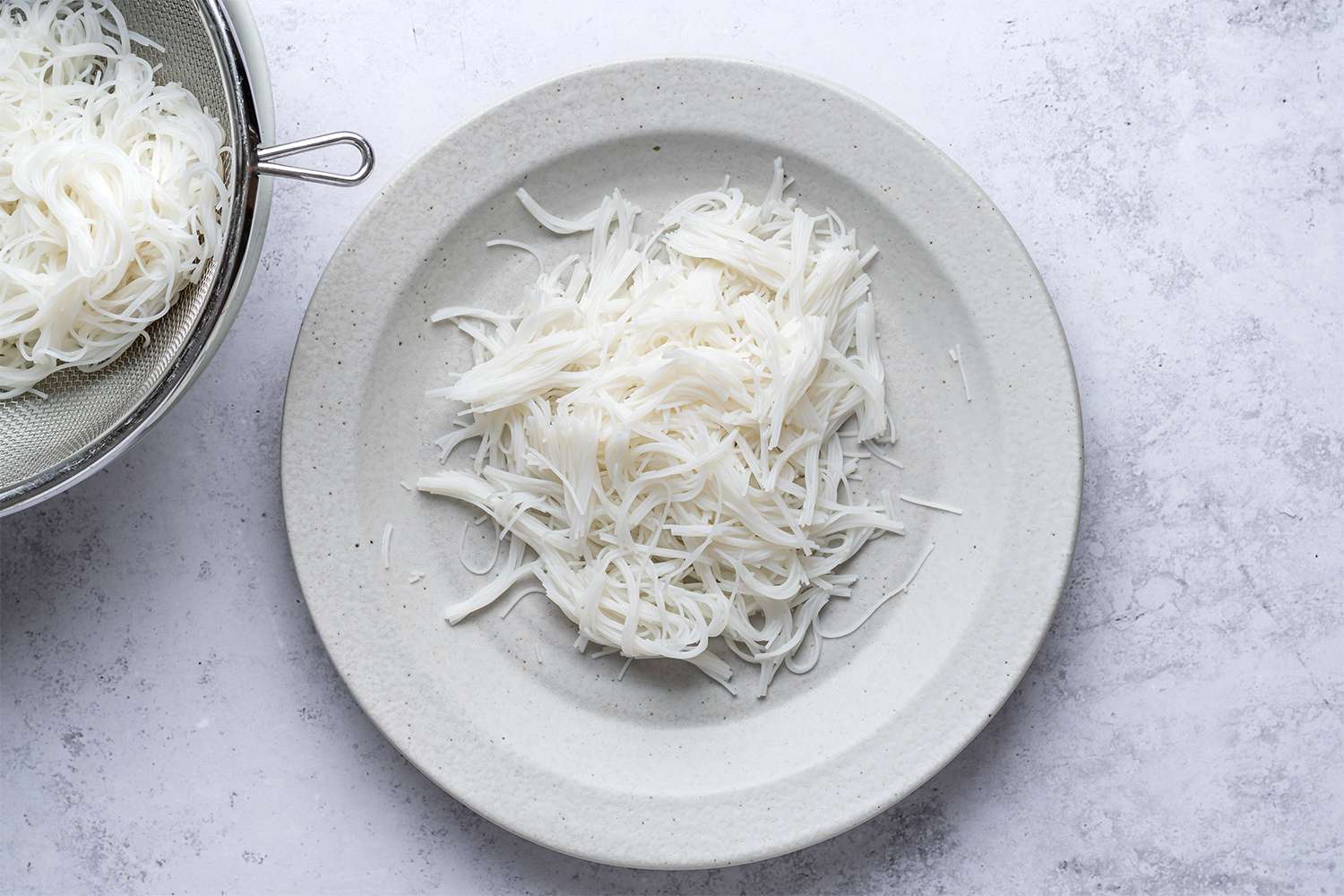
The Spruce Eats / Bahareh Niati
-
Remove the partially cooled syrup from the freezer. Add the noodles and mix well. Freeze, uncovered, for one hour.

The Spruce Eats / Bahareh Niati
-
Remove the mixture from the freezer, and using a fork, begin scraping the frozen parts from the sides of the dish, mixing them back to the center. Place the mixture back in the freezer for another hour before repeating scraping and stirring.
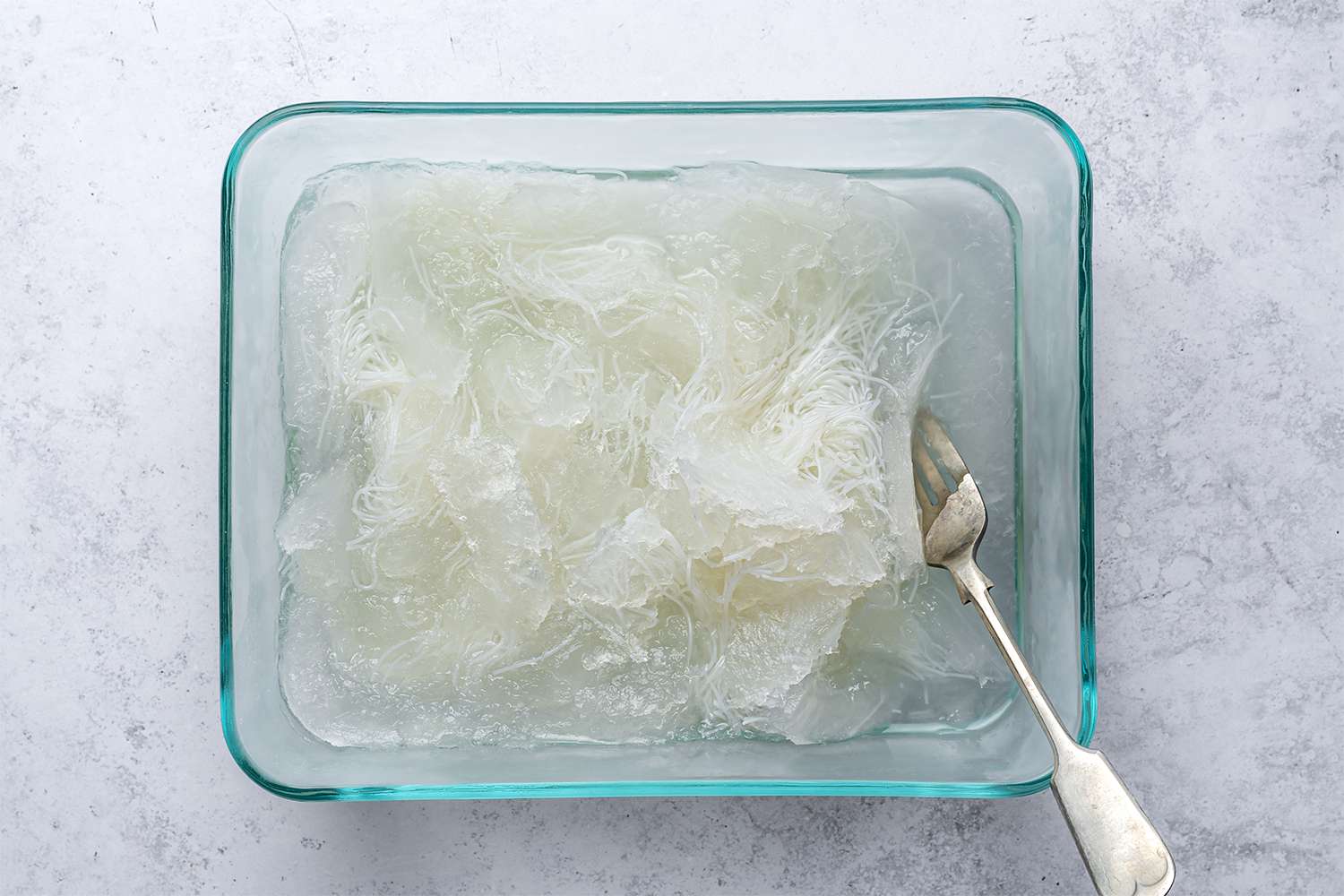
The Spruce Eats / Bahareh Niati
-
Repeat one last time. At this stage, the noodles should be crispy and the syrup should have turned into a slushy semi-frozen granita texture.

The Spruce Eats / Bahareh Niati
-
To serve, scrape the noodles with a fork and place them into an individual serving bowl along with a wedge of fresh lime. Top the Faloodeh with the pistachios and cherry syrup, if using.
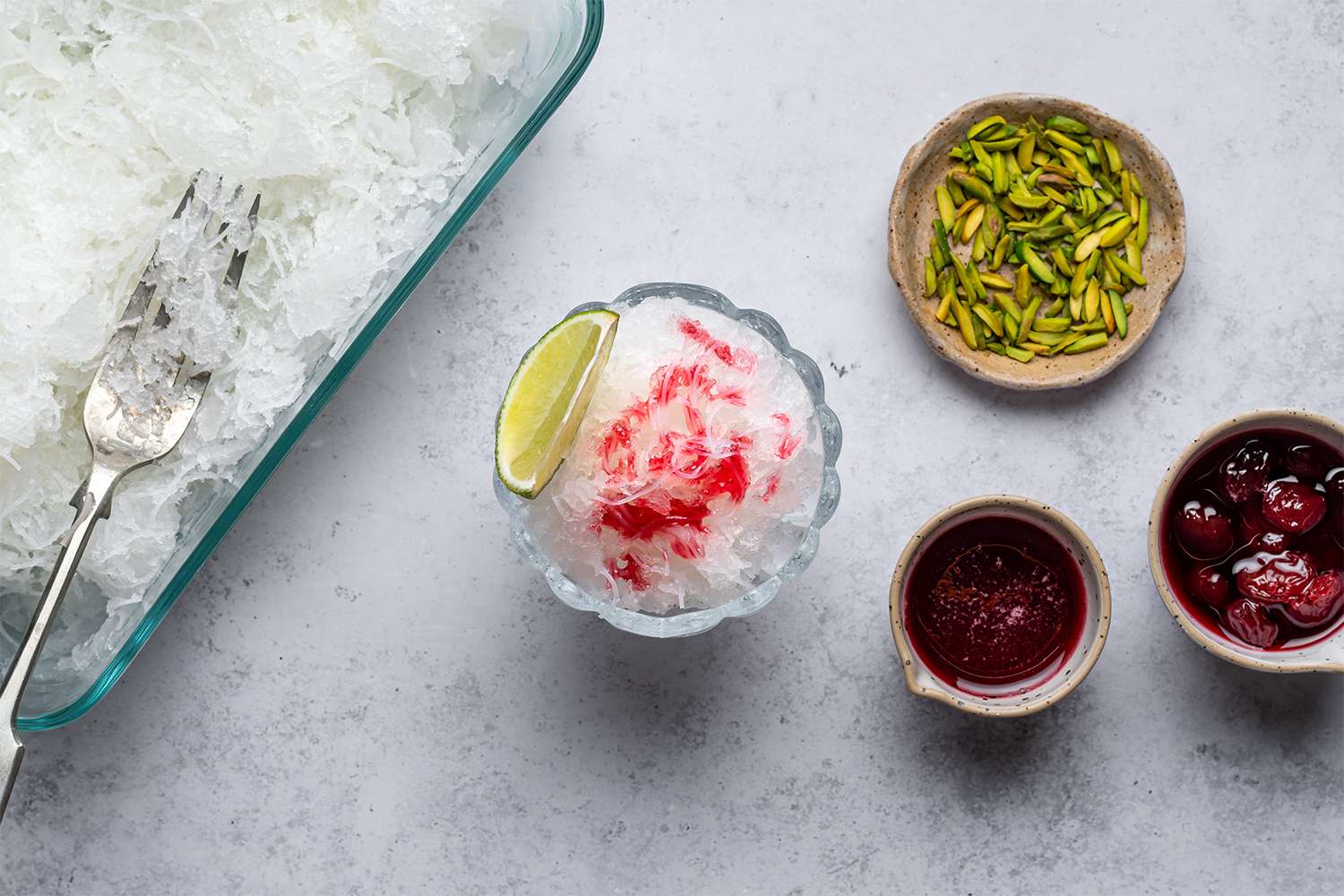
The Spruce Eats / Bahareh Niati
Recipe Tips
- Ideally, the noodles you use should have only two ingredients: rice and water. Vermicelli noodles are sometimes made with various starches or even refined wheat flour, which is not what we are looking for in this recipe. The noodles should be thin and round—the size of vermicelli or angel hair pasta in the US.
- Whichever brand or type of noodles you choose, it is important that you follow the package’s cooking instructions to ensure the noodles are not overcooked.
- Rose water can be purchased at Persian or Middle Eastern markets.
How To Store Faloodeh
Faloodeh can be stored in an airtight freezer-safe container for up to 2 months. To serve, remove from the freezer and allow to sit at room temperature for 20 minutes before scraping together the frozen noodles and syrup mixture and assembling it into individual servings. Top with your favorite topping and serve.
Origin Of Faloodeh
Faloodeh, or more accurately Faloodeh Shirazi, originated in the city of Shiraz, in south-central Iran. The historic city of Shiraz was the capital of Iran from 1750 to 1800 and is known for its beautiful gardens, fruit trees, flowers, and wine. Home to many scholars and artists, it has made a significant contribution to Persian poetry and literature. In addition, it was the home and is the resting place of two renowned poets of Iran: Hafez and Saadi. Their tombs, Hafezieh and Saadieh, are two of Iran's most famous tourist destinations.


